Finally, we could visit the San Antonio Missions National Historical Park – a UNESCO World Heritage Site.
What is World Heritage Site?
World Heritage is the designation for places on Earth that are of outstanding universal value to humanity and as such, have been inscribed on the World Heritage List to be protected for future generations to appreciate and enjoy.
Places as diverse and unique as the Pyramids of Egypt, the Great Barrier Reef in Australia, Galápagos Islands in Ecuador, the Taj Mahal in India, the Grand Canyon in the USA, or the Acropolis in Greece are examples of the 1007 natural and cultural places inscribed on the World Heritage List to date.
UNESCO World Heritage Centre
Our 18th World Heritage Site
The five 18th-century missions that make up The World Heritage Missions of San Antonio include the Missions of San Francisco de la Espada; San Juan Capistrano; Concepción; and San José y San Miguel de Aguayo. The Alamo, managed by the State of Texas, is also a part of the group of World Heritage Missions, but we did not visit The Alamo again during this trip.
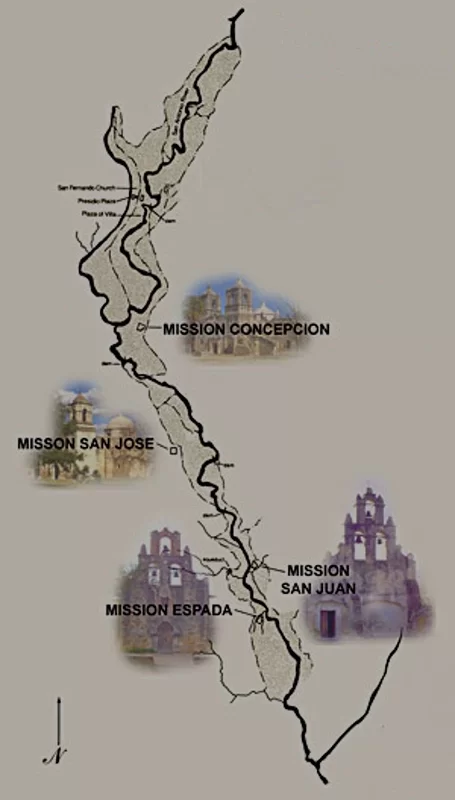
These five frontier missions are also identified as the San Antonio Missions National Historical Park and were established in the 18th century to help create self-sustaining communities to bolster the population of New Spain but also to teach and convert natives to the Catholic faith. These missions are active churches today holding regular services.
Visitors are welcome on the grounds of the missions during the Park’s hours, sunrise to sunset, but are not permitted to enter the missions during weddings, funerals, and other special events. During this COVID-19 “experience,” visitor centers are closed at each location. We were able to walk into and view each mission, masks required. The grounds are closed, however, on Thanksgiving Day, Christmas Day, and New Year’s Day.
Our route north to San Antonio from our visit to Presidio La Bahia in Goliad took us to Mission Espada first. Each mission is about 2.5 miles from the other, so it is an easy few minutes’ drive from one to another. The missions also connect by way of a Hike & Bike Trail along the San Antonio River, and bikes are available for rent. Vehicle parking is also available.
Mission Espada
10040 Espada Rd
San Antonio, TX
210 627 2064

Mission Espada, initially founded in east Texas in 1690 with a different name at a nearby location, was moved and established in San Antonio in 1731. Mission Espada, at the southern end of the missions, is the smallest in this group and is surrounded by a quiet, almost rural neighborhood. A great bonus to be seen here is the Roman-style aqueduct, Espada Acequia, that at one time supplied water to the mission.
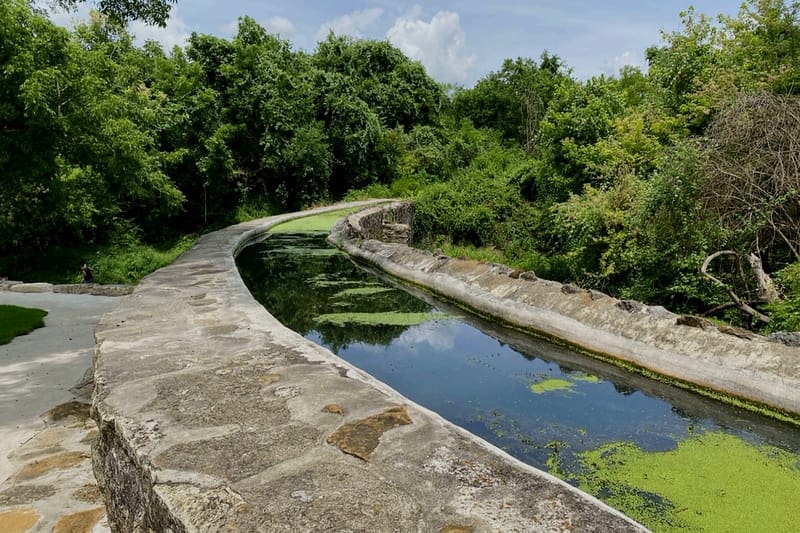
One curiosity about Mission Espada is its irregularly arched doorway. You can see here that it is not a typical door construction. Many different stories exist as to why and how. Was it a construction error or mistake? Is it a Moorish design? What do you think?

Mission Espada is the only mission that employed bricks extensively in construction. These bricks look more like big blocks and not the smaller and thinner blocks we see today. This mission fell into ruin in the late 1800s but was rebuilt and reopened in 1911.
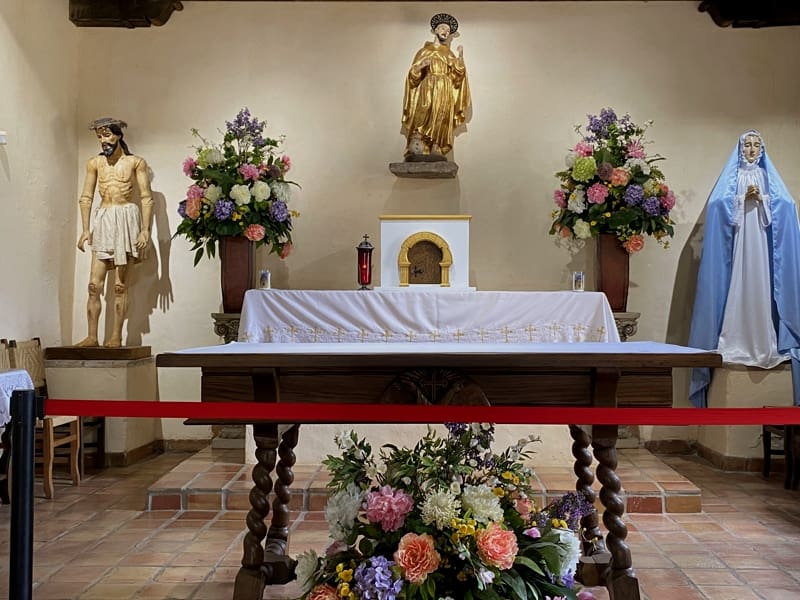
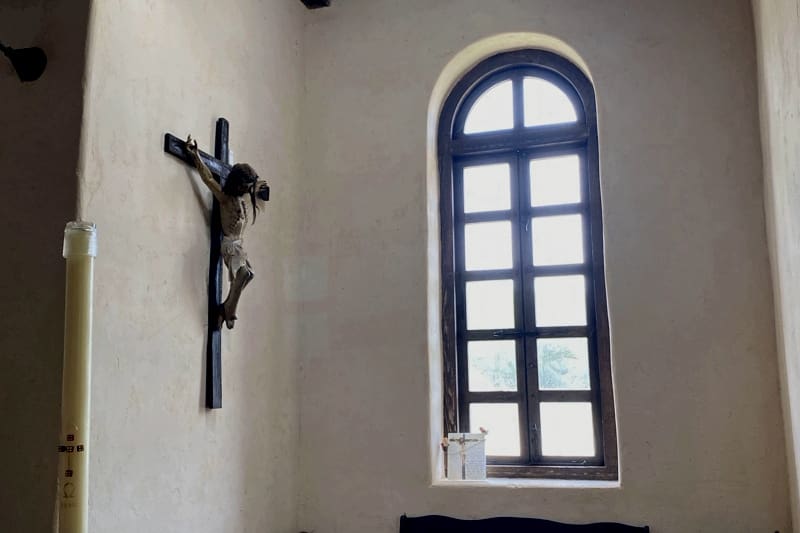
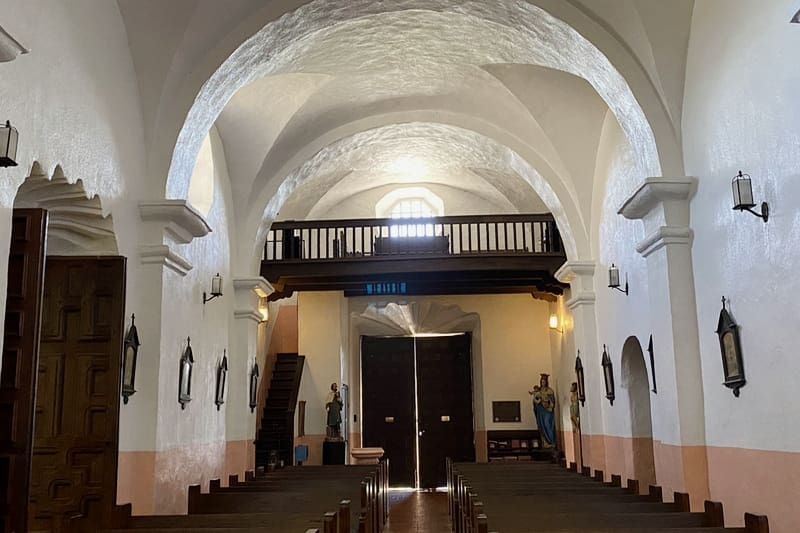


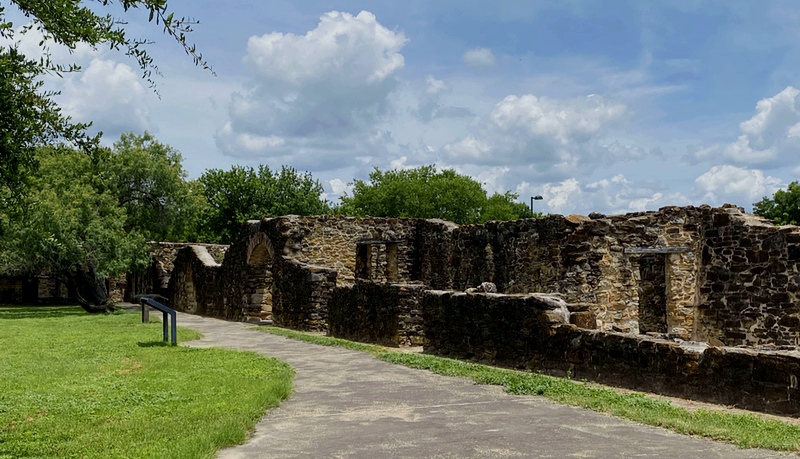
Mission San Juan
9101 Graf Rd
San Antonio, TX
210.534.3161

Mission San Juan Capistrano, also established in 1731 and named after an Italian priest, was founded to create homes for local natives and to convert them to Christianity. There is an excellent shady trail here along the San Antonio River.
The mission compound today is still quite large and, in addition to a small museum, includes the compound walls (some original foundations), Indian living quarters, a granary building, a residence, a well, and the mission chapel.
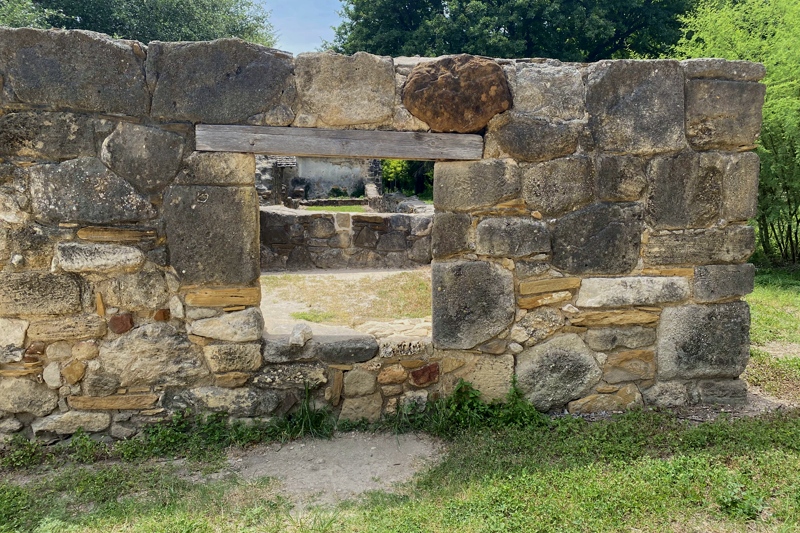
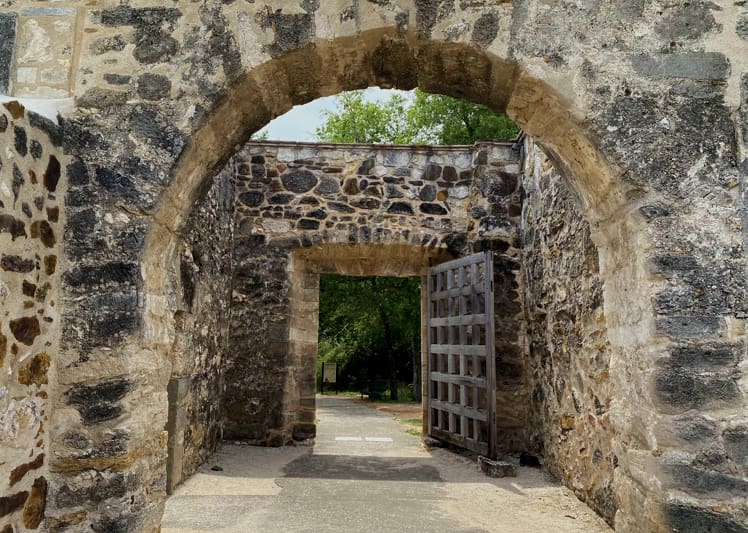
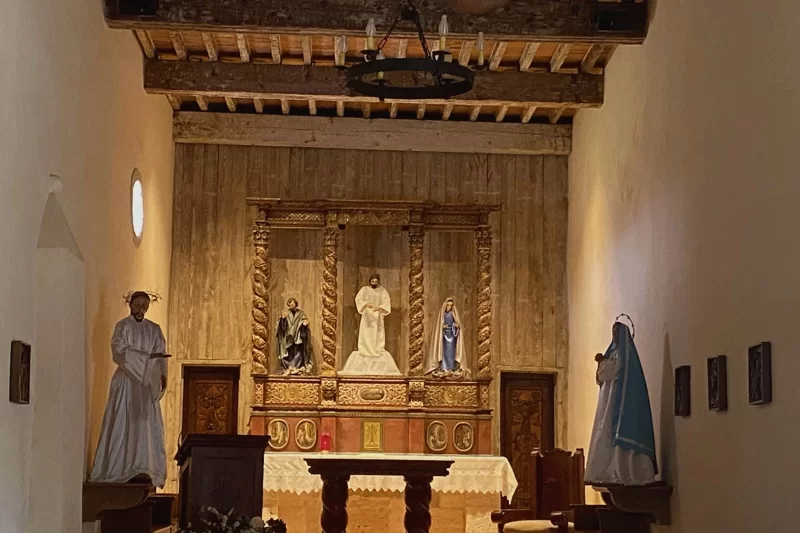
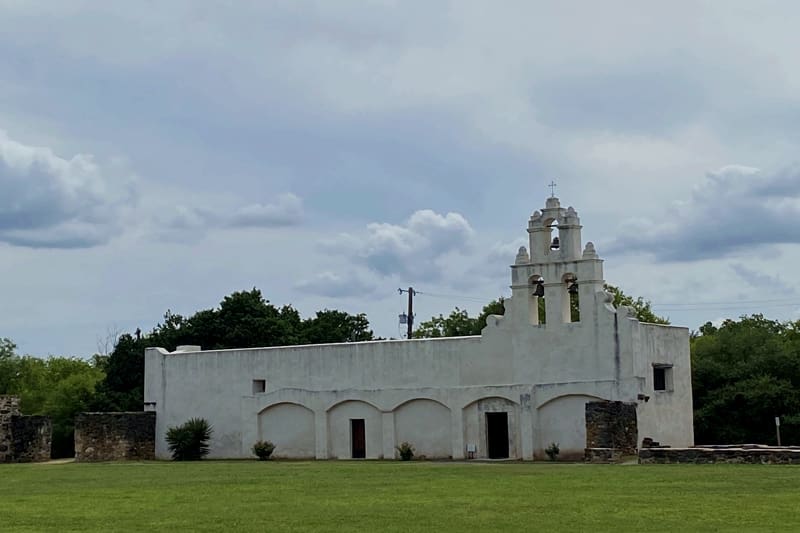
Mission San Jose
701 E. Pyron Ave
San Antonio, TX 78214
210.922.0543
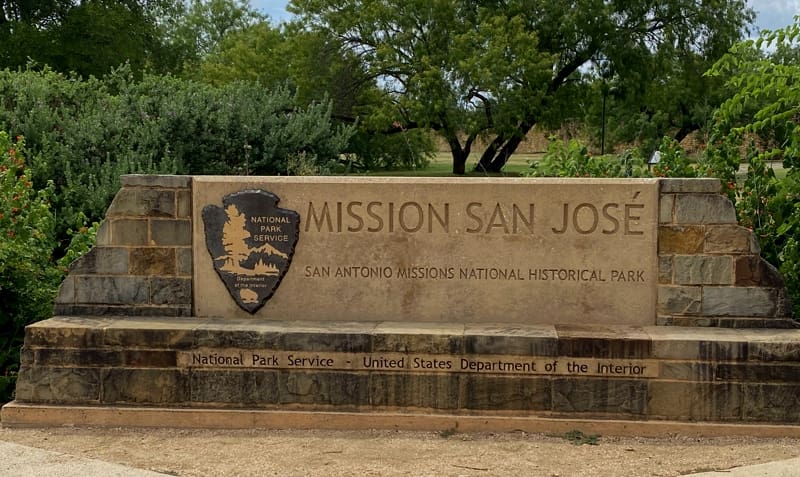
San Jose Mission, founded in 1720, not only became the largest of the missions but was the standard for all of these missions. This mission’s façade is known for its excellent example of Spanish colonial style, as well as its oddly placed Rose Window. This Rose Window, while almost seven feet tall, is constructed only four and a half feet above ground level.
One of the legends surrounding “Rosa’s Window,” is that a famous Spanish sculptor, Pedro Huizar, sculpted this window as a tribute to his beloved, Rosa.

San Jose was a functioning mission for 104 years, during which time thousands of Indians were baptized. The compound was enclosed by stone walls to protect the inhabitants from hostile Indian attacks, and almost all of the walls are intact or restored today.
In the mid-1700s, this mission had 84 two-room structures inside the compound where the Indians of the mission lived. The mission experienced a significant restoration in 1932 and has plans for additional growth today.

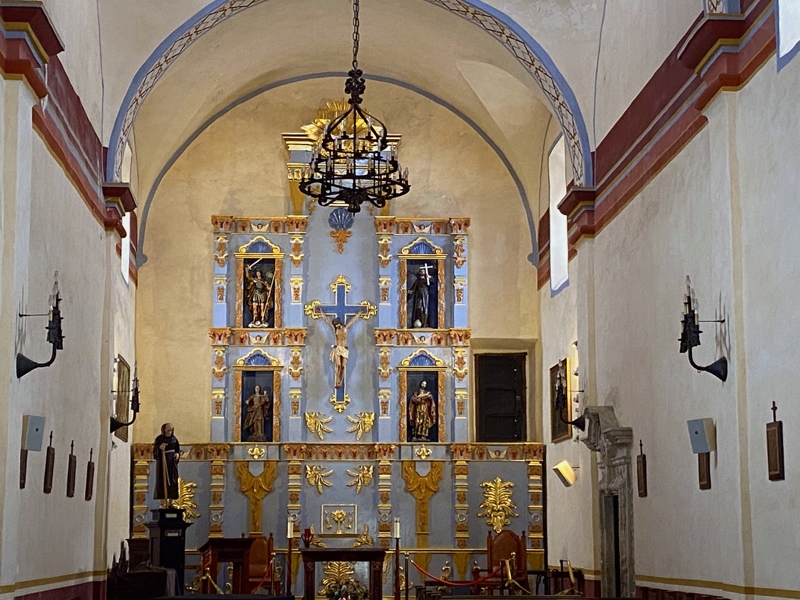
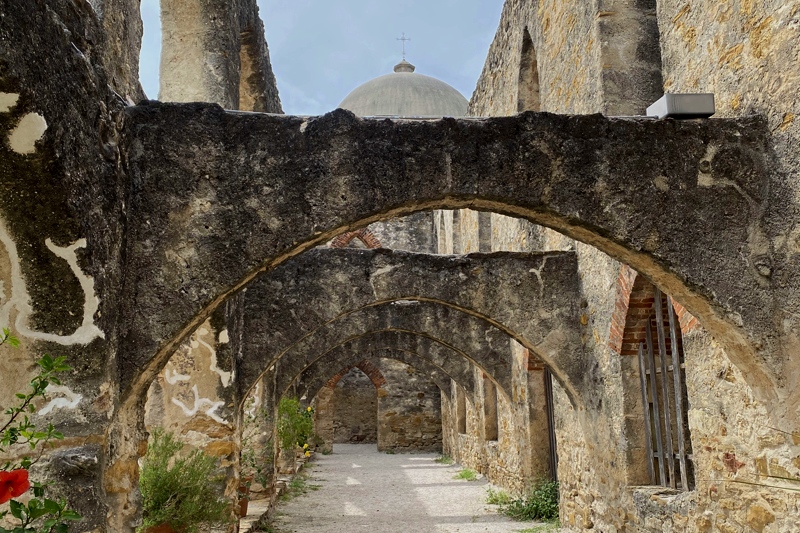
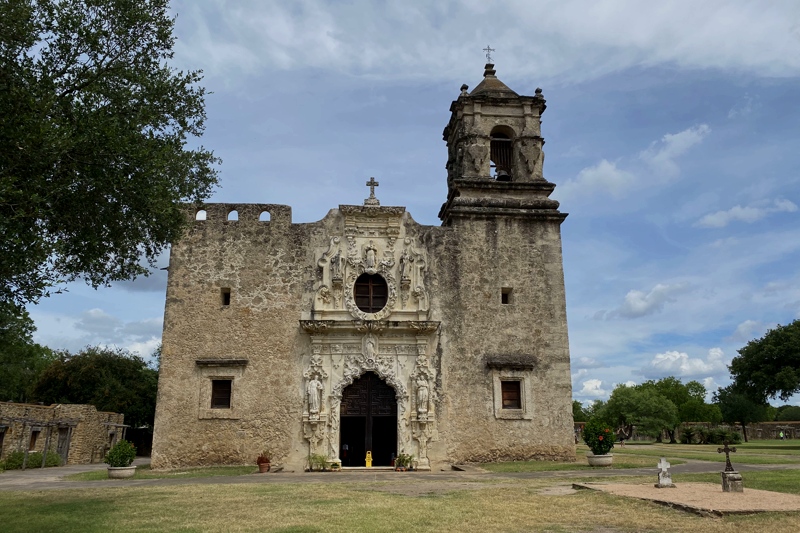
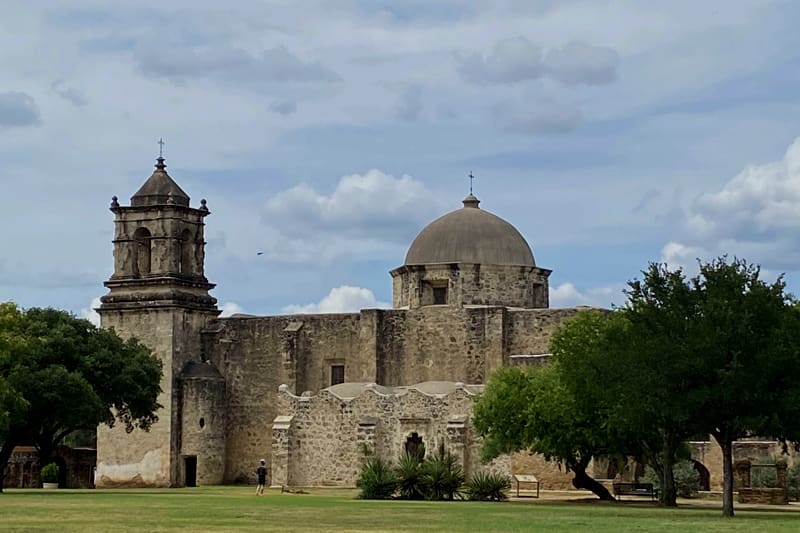
Mission Concepción
807 Mission Road, Southside
San Antonio, TX 78210
210.534.1540
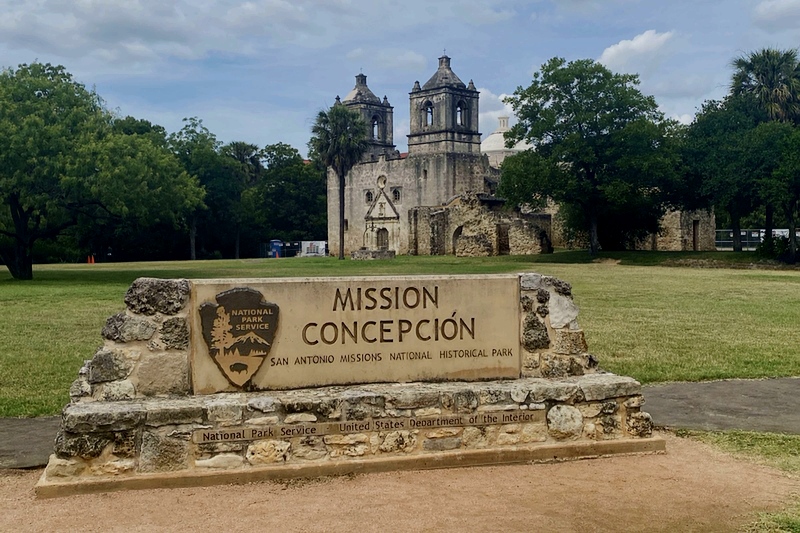
One of the best-conserved Spanish colonial missions, this mission was named in honor of Our Lady of the Immaculate Concepción and Juan de Acuña. It was relocated to its current location in 1731It took 20 years to complete the construction of the church building. After completion, the mission was a self-contained village.
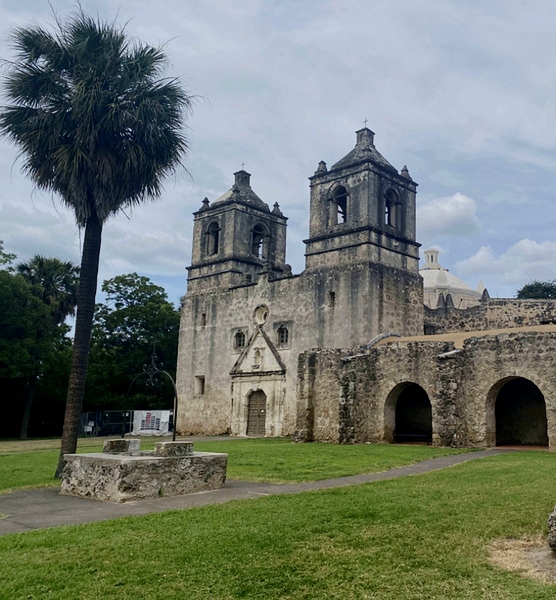
The mission was in ruins by 1821, and the Acquia no longer worked. Concepción has undergone restoration several times but often is considered one of the best-preserved of the missions today.
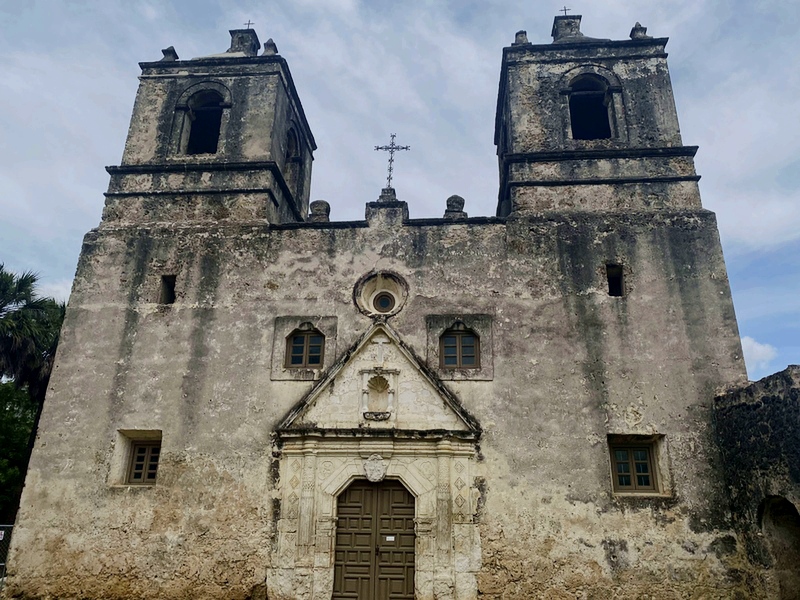
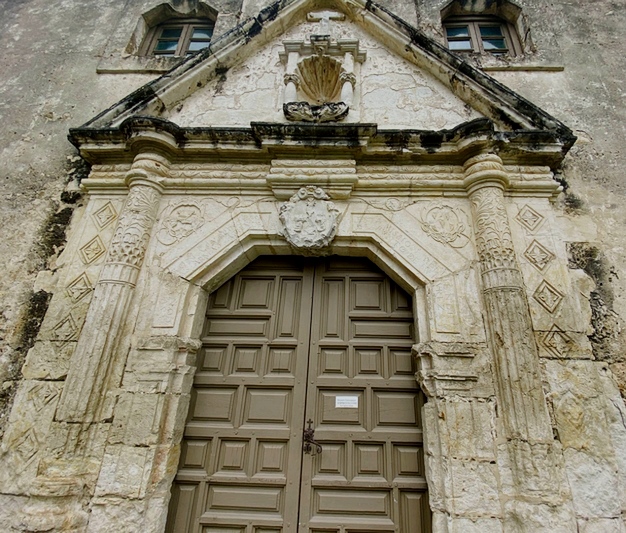
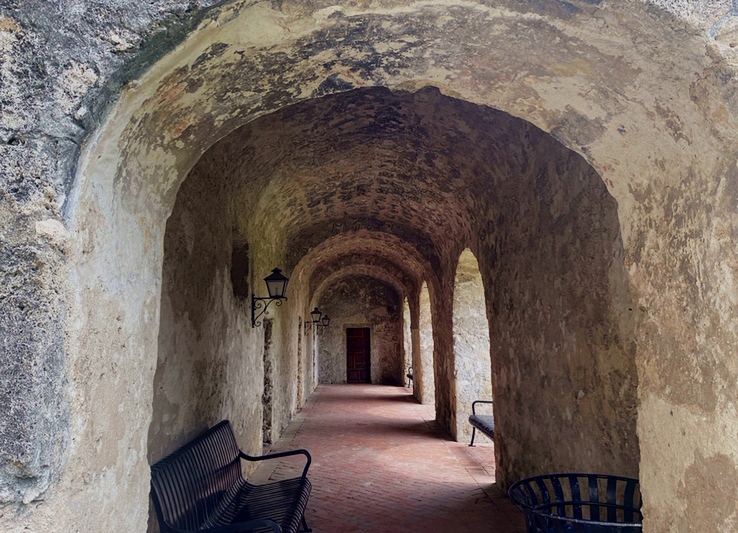

Although it was a hot afternoon, we did enjoy our afternoon visiting these four missions and learning a bit of their history. These missions have always been popular and family-friendly tourist destinations.
Extras
It was late in the afternoon by the time we completed our mission of missions, and we checked into the Hotel Indigo on the San Antonio Riverwalk for the evening. Here are a few of our sightings/experiences for the evening and the following morning.
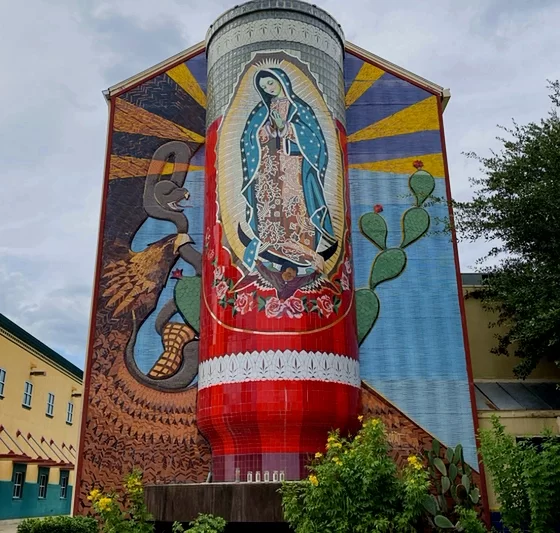
The Largest Virgin Mary Mosaic in the World.
1301-1313 Guadalupe St
San Antonio, Texas, 78207
Neighborhood: Central East.
I read about this online and was curious to see this four-story mosaic at the Guadalupe Cultural Arts Center. Jesse Trevino is the artist that created this giant religious icon. His work is visible throughout San Antonio.
Hotel Indigo on the Riverwalk
830 North Saint Mary’s
San Antonio, TX 78205
210.527.1900
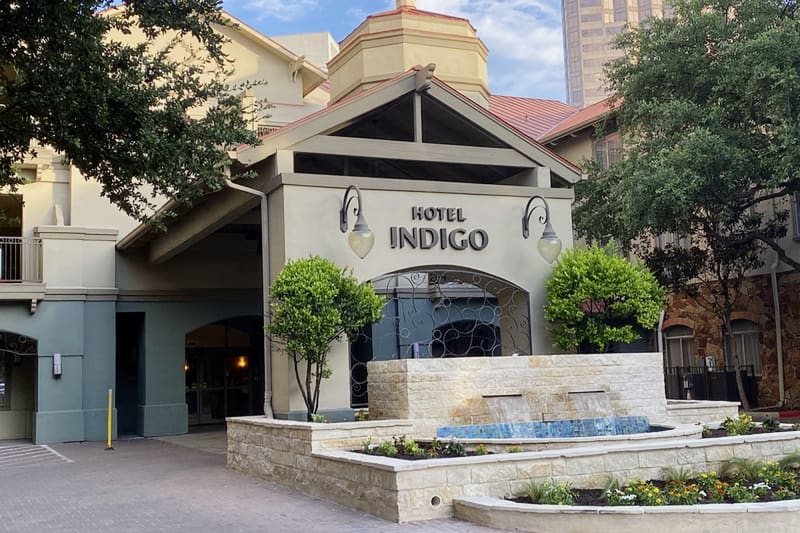

This Hotel Indigo is a great boutique hotel in the medical and financial districts of the Riverwalk. Parking can sometimes be a problem along the Riverwalk in San Antonio, but not on this visit. Few tourists could be seen. You can see how deserted the Riverwalk was that evening.

The hotel bar was open, but there was no food service at all (not even coffee), because of COVID-19 restrictions. Paul recommended an Italian restaurant within walking distance and off we went for dinner.
Guillermo’s
618 McCullough Ave
San Antonio, TX 78215
210.223.5587
Mon-Thurs 11 a.m. – 9 p.m.
Fri-Sat 11 a.m. -10 p.m.
Sun 12 p.m. – 4 p.m.
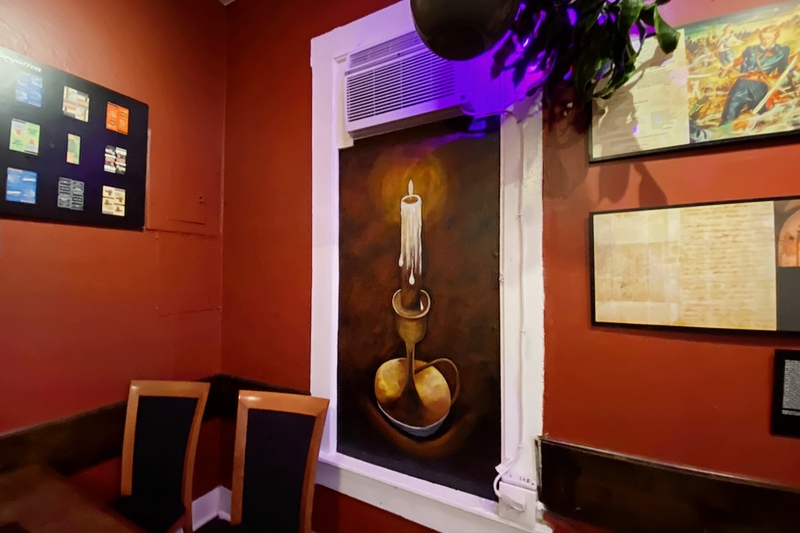
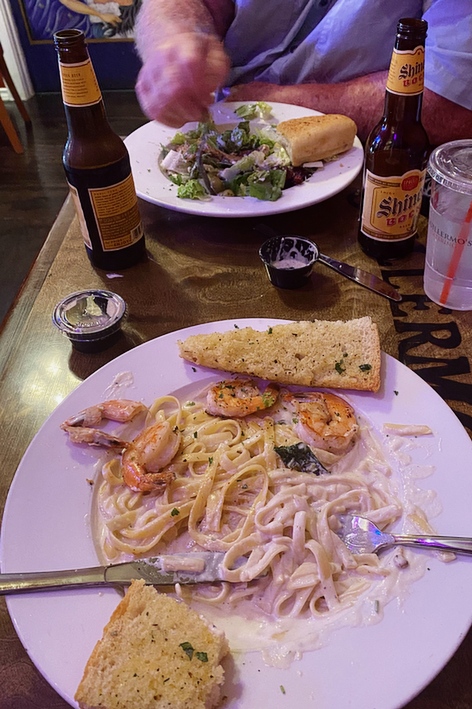
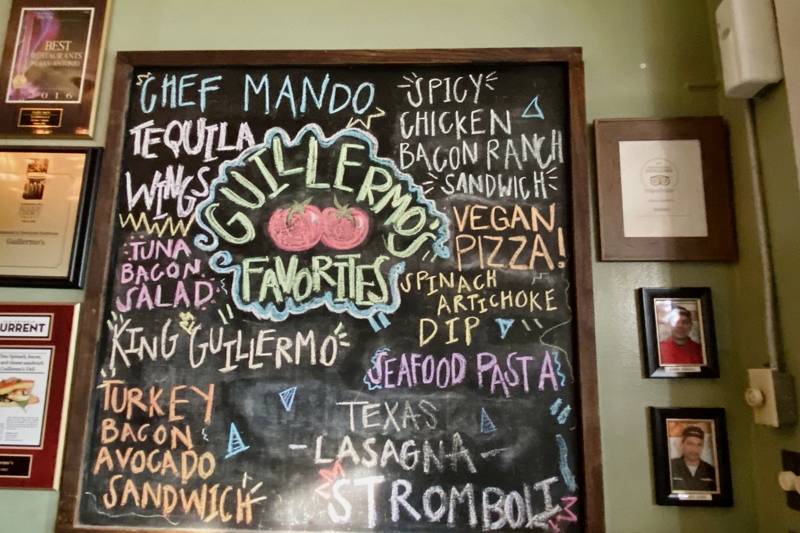
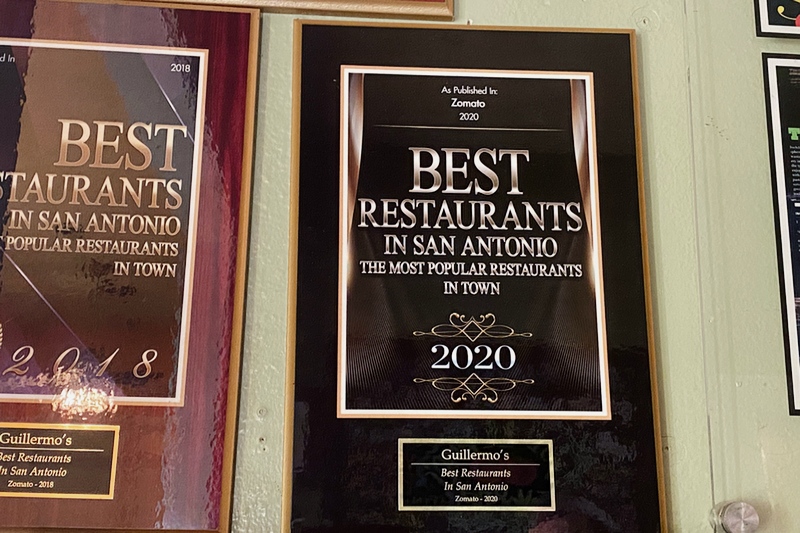
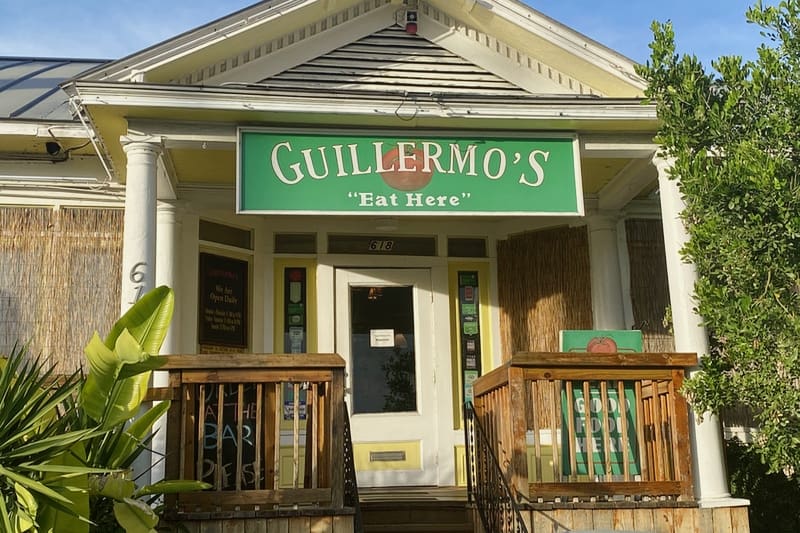
Guillermo’s Italian restaurant was a terrific recommendation. We were, of course, required to wear masks inside the restaurant and were seated in a room with only one other couple present. Other diners were scattered widely about the separate rooms. Our dinner was excellent, and Guillermo’s is most definitely on our San Antonio restaurant list.
The Original Blanco Cafe.
419 N. St. Mary’s
San Antonio, TX 78205
210.271.3300
We saw the very inviting Blanco Café on a side street near the hotel and decided that was where breakfast would be. Hand sanitizer, masks, widely spaced seating, and great Mexican style breakfast. I would like to return here for lunch or dinner someday.
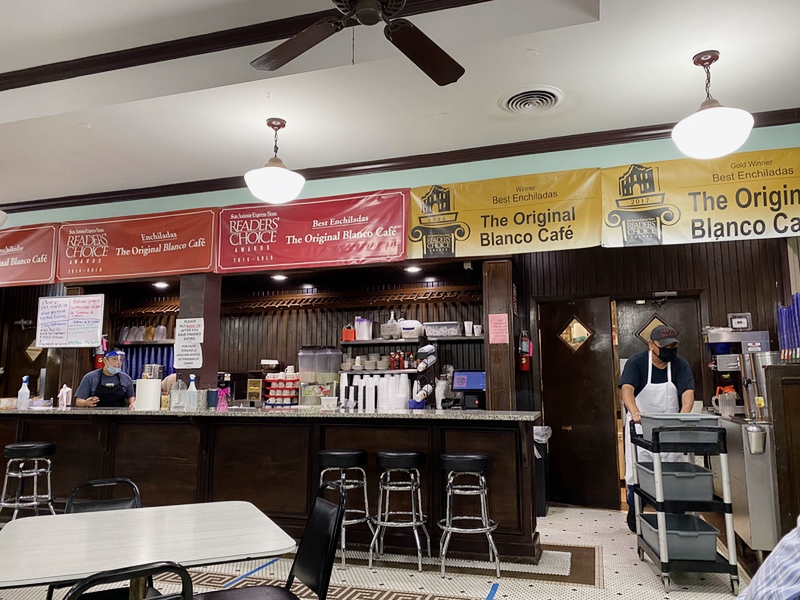
Indianola, TX

I’ve always wanted to visit the ghost town of Indianola, and that is where we headed next. It was not in our direct path home, but it was a beautiful day, and we decided to drive down toward Victoria and Matagorda Bay and take a look. The town of Indianola, settled by German Immigrants, at one time was the largest Port on the Texas coast. Unfortunately, hurricanes in 1875 and again in 1886 destroyed the town. Although identified online as a ghost town, Indianola is a small community of vacation homes along the shoreline and even has a nice marina.
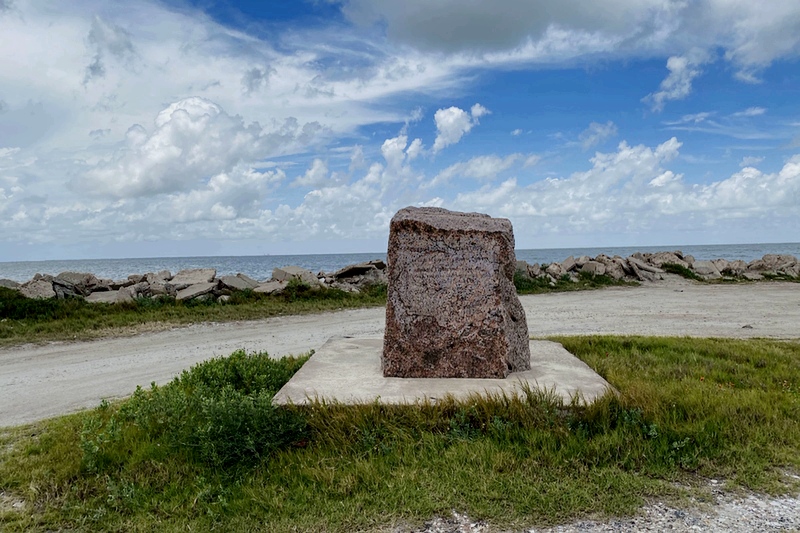
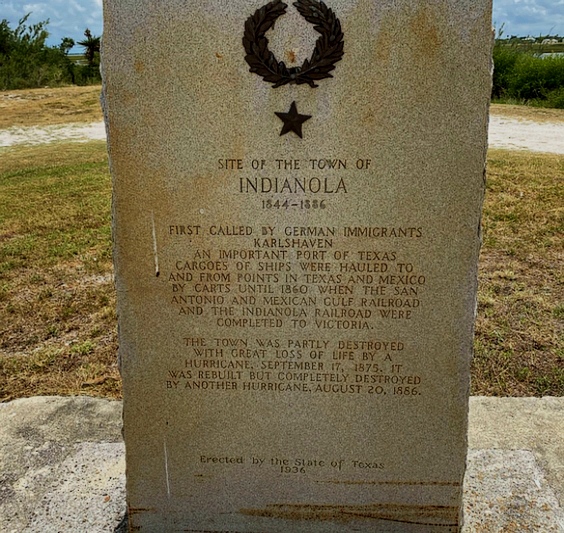
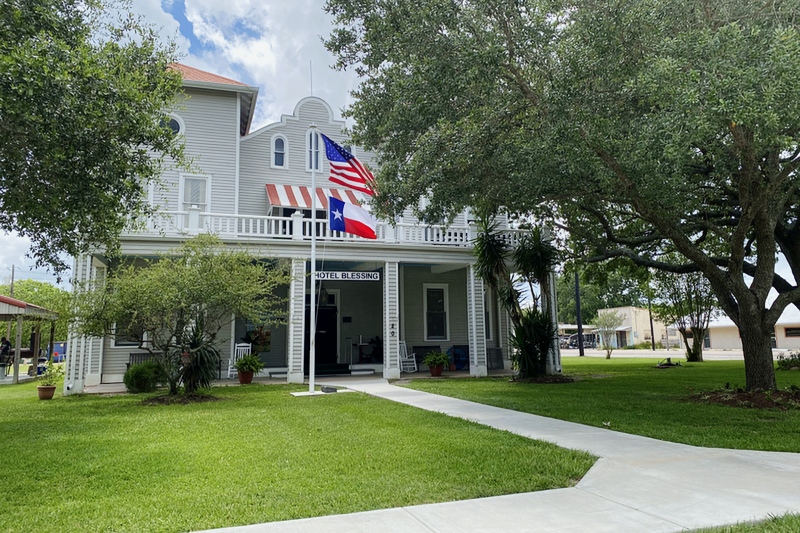
Hotel Blessing
Blessing, TX
Our route took us right by this pretty hotel. We’ve stopped here for a good homemade and comfort-style lunch a few times in years past. Hotel Blessing, built-in 1906 is listed in the National Register of Historic Places.
Another adventure was completed! Masks, hand sanitizer, and social distancing are the new normal now, but we are so fortunate to be able to create these tiny little excursions, learn the history of and see some of our surrounding areas. We miss sharing trips with friends and socializing with people we meet along the way, of course, but a trip is a trip, right?
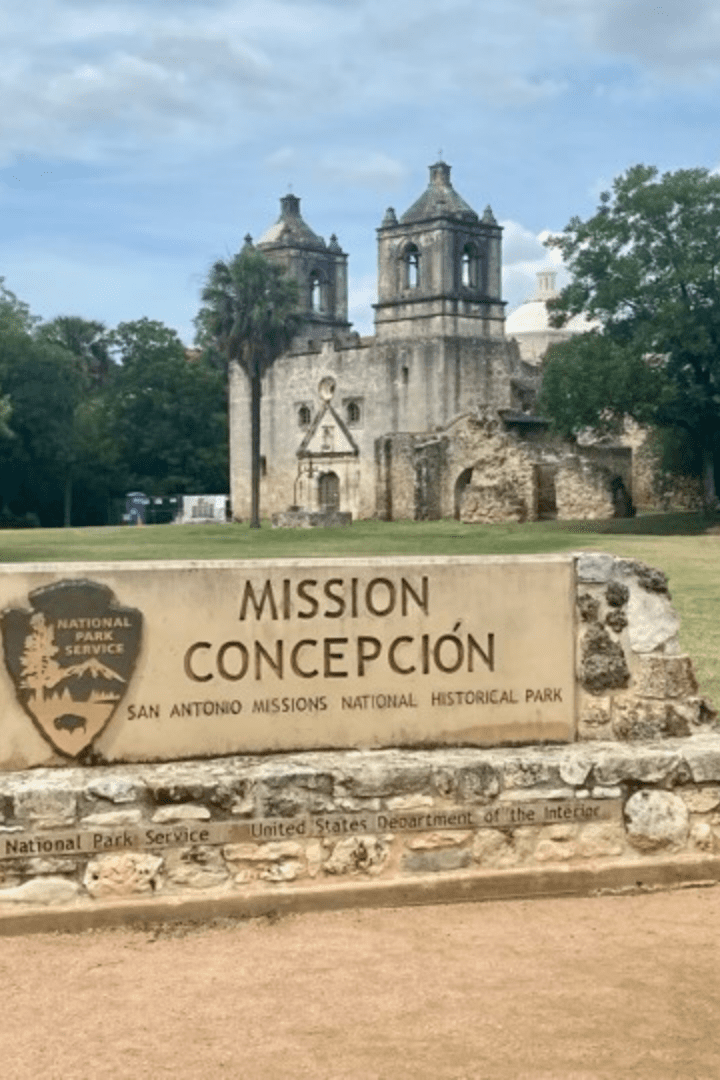
Enjoyed reading about the missions and will definitely need to visit Guillermo’s to try the chef’s tequila wings!
Thanks for reading. Guillermo’s was a really great restaurant. It even has an outdoor area, for when weather is a bit cooler.